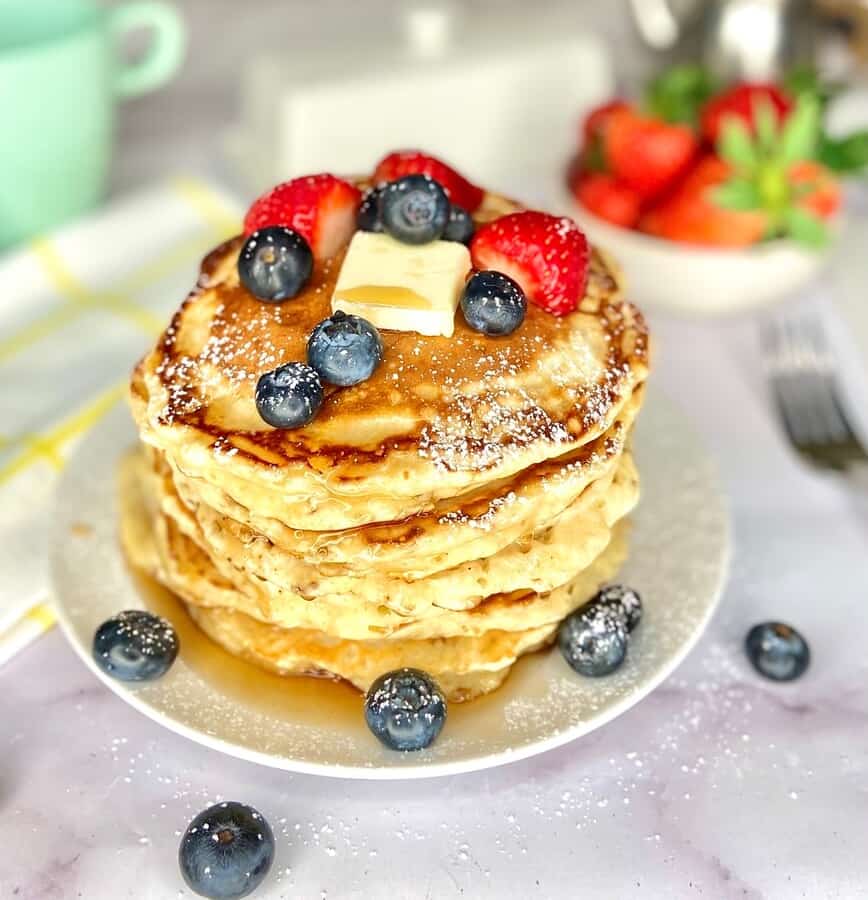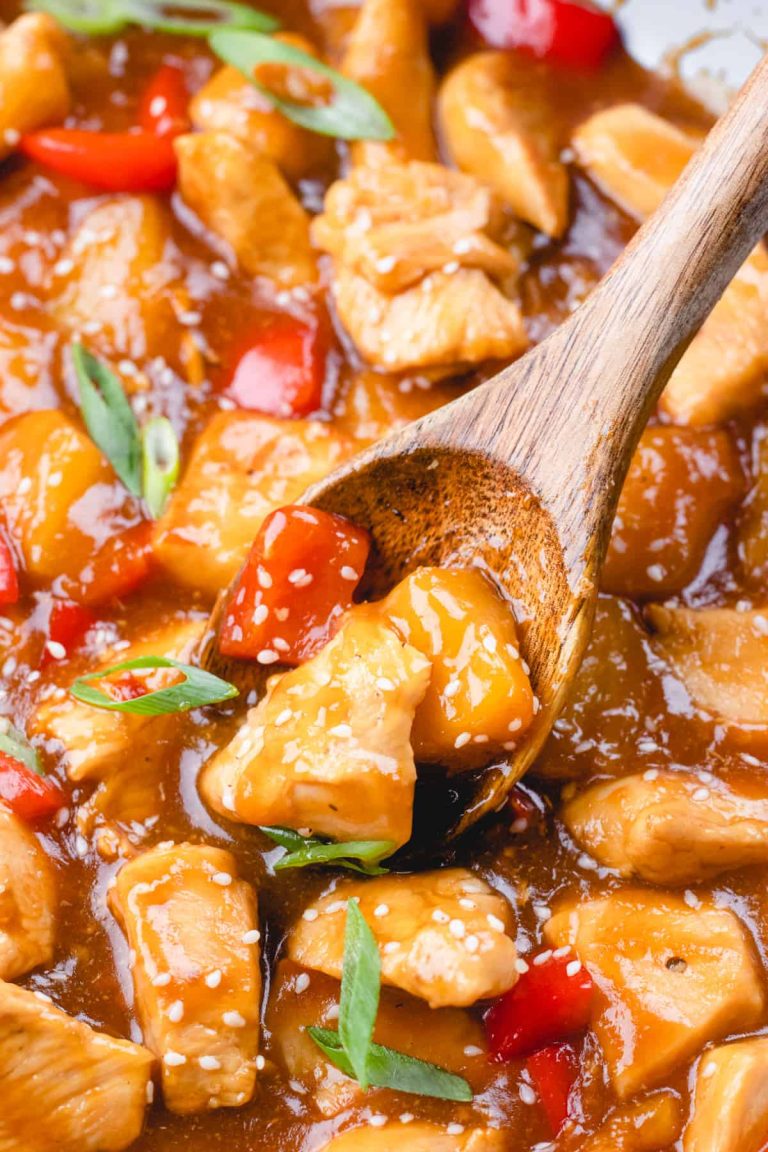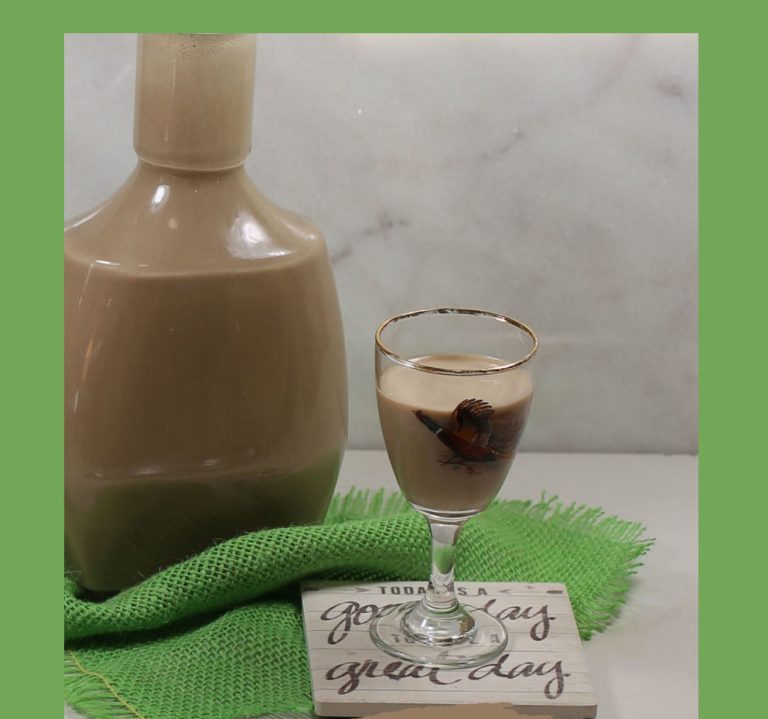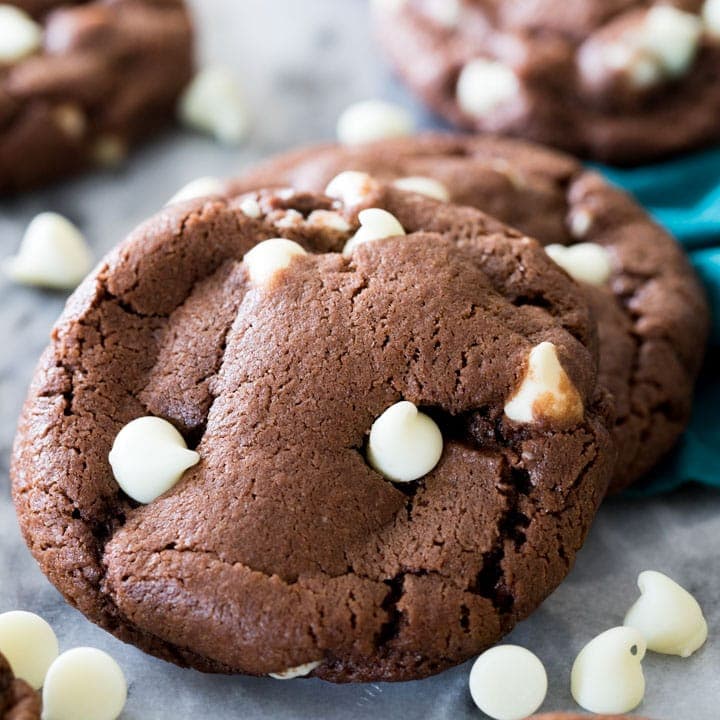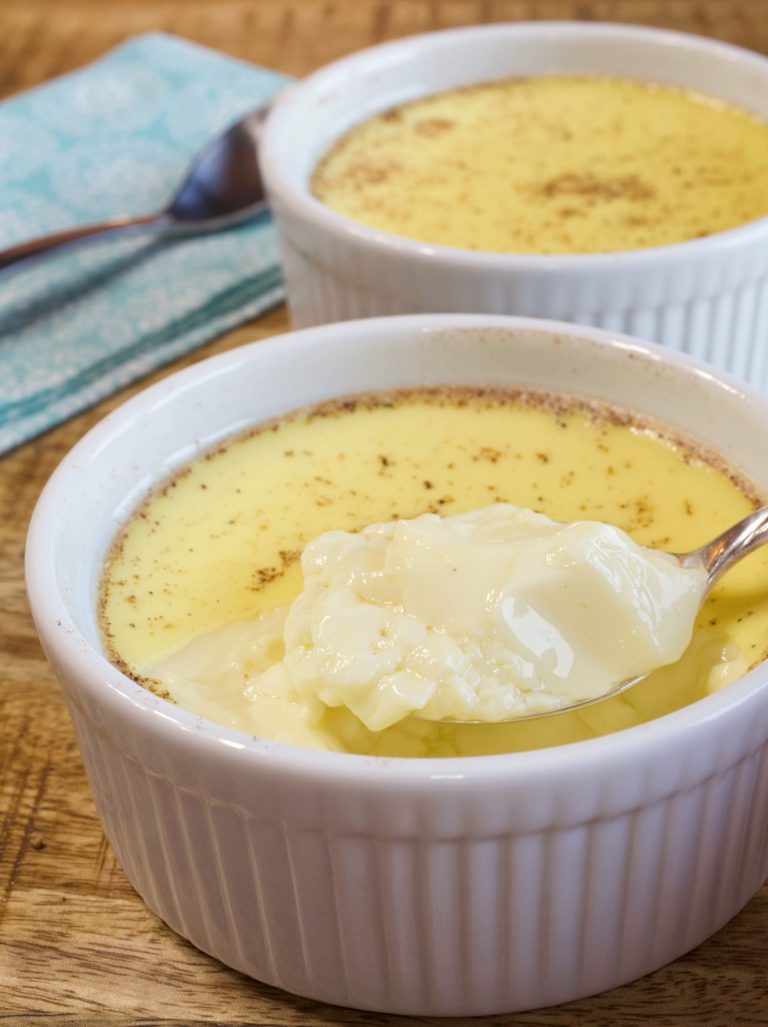Fashioned Pancakes: History, Recipe, and Perfect Breakfast Tips
Good old fashioned pancakes date back to ancient Greece and Rome, where they were made with simple ingredients like wheat flour, olive oil, honey, and curdled milk. Archaeological evidence shows that pancakes were not only a staple in these societies but also a favorite due to their uncomplicated preparation and accessible ingredients.
The evolution of pancakes continued through the Middle Ages, with variations appearing across Europe. In addition to basic wheat flour, people began experimenting with buckwheat and adding spices for flavor. By the 18th century, pancakes made their way to America through European settlers, where they adapted to include ingredients like cornmeal and buttermilk, reflecting regional agricultural products. Over time, the incorporation of baking powder in recipes allowed for fluffier pancakes, positioned as a hallmark of the modern versions enjoyed today.
Cultural Significance
Pancakes aren’t just a culinary delight; they hold cultural significance across different societies. In the United States, pancakes become a central feature in breakfasts and brunches, symbolizing togetherness and comfort. National Pancake Day, celebrated annually, further solidifies their position as an iconic dish that transcends mere sustenance.
Globally, pancakes take on various forms and meanings. In Russia, Blini symbolize the sun and are eaten during Maslenitsa, a festival welcoming spring. In England, pancakes take the stage during Pancake Day or Shrove Tuesday, marking the beginning of Lent. These cultural connections highlight the universal love for pancakes while showcasing their diverse interpretations and significance.
Key Ingredients for Authentic Good Old Fashioned Pancakes
Flour Types and Their Effects on Texture
Flour significantly impacts pancake texture. All-purpose flour, with its moderate protein content, strikes a balance between fluffiness and structure. Whole wheat flour, on the other hand, incorporates more bran and germ, leading to denser pancakes. Using cake flour, which has lower protein, yields lighter pancakes but at a potential cost to durability. Many people mix flours to achieve the perfect texture.
Importance of Milk and Eggs in the Batter
Milk and eggs play vital roles in pancake batter. Milk adds moisture, creating a tender crumb and aiding in the Maillard reaction for browning. Whole milk, with its higher fat content, enhances richness and flavor. Almond, soy, or oat milk serve as dairy-free substitutes, each imparting a unique flavor profile. Eggs contribute to structure and stability. Proteins in eggs set upon cooking, forming a consistent pancake shape. Additionally, eggs act as emulsifiers, ensuring even distribution of ingredients.
Step-by-Step Recipe for Good Old Fashioned Pancakes
Preparing the Batter
Combine the following ingredients in a mixing bowl: 1 1/2 cups of all-purpose flour, 3 1/2 teaspoons of baking powder, 1 teaspoon of salt, and 1 tablespoon of white sugar. Form a well in the center of the dry ingredients.
Pour 1 1/4 cups of milk, 1 egg, and 3 tablespoons of melted butter into the well. Mix the ingredients until smooth. Avoid over-mixing the batter to prevent tough pancakes.
Cooking Techniques for the Perfect Brown
Preheat a griddle or frying pan over medium-high heat. Lightly oil the surface to prevent sticking.
Pour approximately 1/4 cup of batter onto the griddle for each pancake. Wait until bubbles form on the surface and the edges appear set before flipping, typically 2-3 minutes.
Cook the other side for another 2-3 minutes until golden brown. Serve the pancakes hot with your choice of toppings, such as butter, syrup, or fresh fruit.
Variations of Good Old Fashioned Pancakes
Adding Fruits or Nuts
Enhance the flavor and nutrition of good old fashioned pancakes by adding fruits or nuts. Blueberries, bananas, and strawberries are popular choices. Sprinkle them into the batter just before cooking for evenly distributed pieces. Nuts like walnuts, pecans, and almonds add a rich, crunchy texture. Chop them into small pieces to ensure even mixing. Both fruits and nuts introduce new flavors and create a more satisfying breakfast option.
Creative Toppings and Syrups
Elevate your pancakes with creative toppings and syrups. Classic toppings such as butter and maple syrup are timeless, but consider trying honey, chocolate syrup, or fruit compote for a twist. Whipped cream and powdered sugar add a sweet touch, perfect for special occasions. Fresh fruits such as berries, peaches, and mangoes bring a burst of freshness. For a savory touch, try adding bacon bits or a dollop of yogurt. Customizing toppings allows you to transform traditional pancakes into a gourmet experience.
Best Practices for Serving
Use warm plates to keep pancakes hot longer. Stack pancakes on each plate, ideally three to five per serving, to ensure an appealing presentation. Sprinkle a light dusting of powdered sugar or cocoa powder for added visual appeal. For a more deluxe presentation, consider arranging fresh fruits like berries or sliced bananas around the stack.
Ensure the syrup is warm when served. Cold syrup can cool down your pancakes quickly. Place a small pitcher of warm syrup on the table so guests can pour to their liking. Butter pats should be slightly softened to avoid tearing the pancakes when spread.
Pairing with Drinks
Pair pancakes with freshly brewed coffee or hot chocolate for a comforting breakfast. Both drinks complement the rich flavors of the pancakes. For a lighter option, serve with freshly squeezed orange juice or a fruit smoothie.
Tea pairs well with pancakes, especially herbal or black tea. A latte or cappuccino can also elevate the meal with a creamy texture that contrasts the fluffiness of the pancakes. Consider offering milk or non-dairy alternatives like almond or soy milk.
Optimize your serving and pairing practices to create a memorable pancake breakfast experience, impressing guests and enhancing every bite.
Conclusion
Good old-fashioned pancakes aren’t just a breakfast staple; they’re a culinary tradition that brings comfort and joy to any morning. By understanding their rich history and mastering essential techniques, you can elevate your pancake-making skills to new heights. Whether you stick to the classic recipe or experiment with delightful variations and toppings, your pancakes are sure to impress. Remember to serve them with warm syrup and softened butter for the ultimate experience. Pairing them with your favorite morning beverage will make your breakfast even more memorable. Enjoy every bite and happy cooking!
